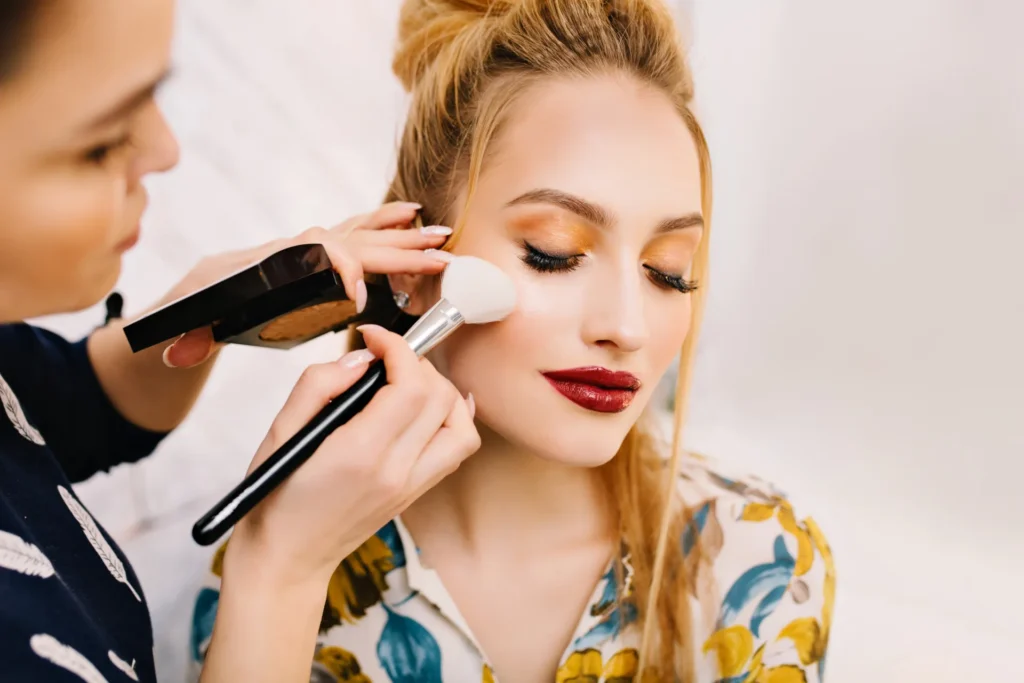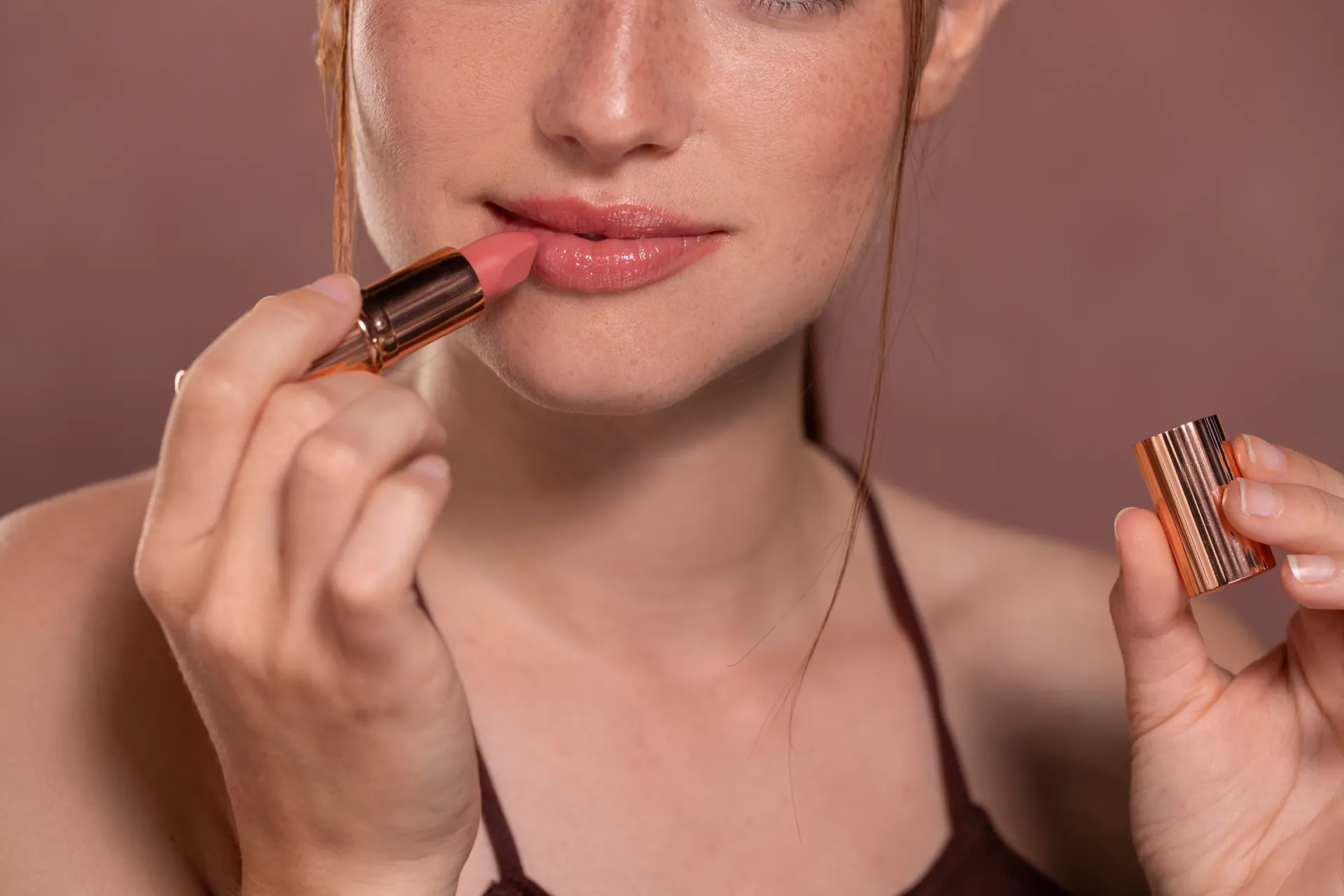Within the beauty industry, the Lipstick Effect, also known as the Lipstick Index, is purported to serve as the primary economic indicator. The premise is that during periods of economic downturn and other financial pressures, women tend to engage in non-essential expenditures that offer a psychological boost without exceeding their budgetary constraints. Lipstick fits the bill.
What Is the Lipstick Effect?
Although the lipstick effect may not carry significant weight in conventional economic spheres, recent findings from the NPD Group, a global market tracking organization, reveal that lipstick sales and other lip makeup increased by 48% in the first quarter of this year compared to the previous year. This growth rate is more than twice as fast as that of other products in the beauty category.
The sales of lipstick continue to increase weekly, with high-end brands capturing a more significant portion of the market than mass-market brands. This year, women are opting for brighter and more dramatic colors as opposed to muted and natural looks.
According to Larissa Jensen, Vice President and Beauty Industry Advisor at NPD, chat with Forbes, lipstick has transformational properties. The process is easy and effective, in contrast to the application of eye makeup, which can be time-consuming. A gentle application of lip color enhances facial features. In fact, lipstick can instantly alter one’s facial appearance in a manner unparalleled by other cosmetic products.

Origins of the Lipstick Effect
The concept of the lipstick effect was initially introduced by Professor Juliet Schor, an expert in economics and sociology, in her 1998 book titled The Overspent American.
It has been observed that during financial constraints, women tend to prioritize spending on luxury brand lipsticks that are intended for public use, such as in semi-public restrooms or after dinner in a restaurant. Conversely, they may opt to forego higher-priced beauty products that are typically applied in the privacy of their homes, such as facial cleansers and eye makeup.
The Overspent American cites, “They are looking for affordable luxury, the thrill of buying in an expensive department store, indulging in a fantasy of beauty and sexiness, buying ‘hope in a bottle.’”
“Cosmetics are an escape from an otherwise drab everyday existence,” concludes Schor.
In the aftermath of the September 2001 terrorist attacks, Leonard Lauder, the then-Chairman of Estée Lauder, observed an increase in lipstick sales for his company. Consequently, he postulated that lipstick sales serve as a counter-cyclical economic indicator.
The use of lipstick as an economic indicator is a logical concept. In contrast to the Super Bowl indicator, regarded as a spurious market indicator with limited credibility, the lipstick indicator is firmly grounded in economic theory.
Crisis, Luxury Brands, and Beauty
When faced with economic stress, the researchers tested the hypothesis that women tend to engage in small indulgences such as lipstick for emotional gratification instead of opting for more costly luxuries like handbags. The conducted test that evaluated this assumption turned out to be invalid.
When presented with the option of expensive “attractiveness-enhancement” products versus discounted versions of the same, women of all economic backgrounds opted for the pricier alternatives. The study indicates no significant rise in the inclination toward purchasing discounted beauty products in response to recession cues.
Females opt for higher-priced brands as they are perceived as more productive in augmenting their allure.
Uncovering Lipstick Effect Psychology
As mentioned, the lipstick effect is a phenomenon observed in e-commerce that economists refer to as the income effect. In e-commerce, consumer demand for a product is determined by the price of the product compared to other similar products, which is called the substitution effect, and the consumer’s income, which is called the income effect.
As a consumer’s income increases, the demand for e-commerce goods also increases. However, for some products categorized as inferior goods, an increase in consumer income decreases demand. Conversely, a decrease in consumer income leads to an increase in demand. Inexpensive beauty products like affordable yet quality blush, lipstick, mascara, or others are prime examples of inferior goods in e-commerce.
This is what happens in the case of the lipstick effect.
As customers’ budgets shrink, they may opt out of purchasing expensive luxury items that are no longer within their means and instead allocate their limited discretionary funds toward smaller luxury products.
The lipstick effect is believed to be one of the reasons why e-commerce businesses tend to thrive during economic downturns. Budget-conscious shoppers desire to indulge in a product that helps them temporarily escape their monetary concerns. They cannot afford to purchase products to escape to Bermuda. However, they’ll settle for a budget-friendly online shopping spree and a movie, adjusting their expenses accordingly.
Another theoretical basis is that e-commerce markets become more competitive during recessions, which could explain the lipstick effect. Online buyers may spend more on things that boost their perceived advantages over other customers, such as high-quality cosmetics and beauty products they believe can boost their appearance and, as such, give them an advantage over others.
While this e-commerce indicator is most typically identified in the beauty sector, it is transferrable across industries.
According to the authors, indications of a recession have led to heightened interest among women in products that enhance their appeal, despite their considerably higher cost. The authors further proposed that this phenomenon may be attributed to the outstanding marketing efforts of luxury beauty brands in promoting the benefits of their attractiveness-enhancing products.
According to economists, there is a consistent correlation between recessions and heightened expenditure on two categories of products: conventional inferior goods (such as opting for tuna over salmon due to financial limitations) and morale boosters (such as watching a Charlie Chaplin movie during the Great Depression).
The current research indicates that women’s expenditure on beauty products may serve as the third indicator of economic recessions, which could be attributed to psychological factors. Despite the anecdotal lore surrounding the lipstick effect, this finding suggests a potential correlation between consumer behavior and economic downturns.

The Flaws of the “Lipstick Effect” Term
One of the challenges associated with the lipstick indicator is the limited accessibility of sales data on lipstick and similar products to the general public regularly, such as weekly or monthly.
The quarterly data on personal consumption expenditures for “cosmetic/perfumes/bath/nail preparations and implements” is published by the U.S. Bureau of Economic Analysis (BEA). On the other hand, the U.S. Census publishes monthly data on retail sales by “health and personal care stores,” albeit with a few months of lag time. The limited availability of timely data restricts the efficacy of the lipstick effect in forecasting economic downturns.
Consequently, the lipstick indicator serves as a valuable tool for the Estée Lauder chair to strategize budget planning. However, it may not hold significant practical relevance for an average small-scale investor unless they have the ability to conveniently monitor lipstick sales.
In the event of a significant economic downturn, there is a possibility of a continued decline in incomes, leading consumers to avoid even minor indulgences. In theory, the sales of lipstick or Starbucks coffee do not serve as a reliable predictor when the sales of almost all products decline simultaneously.
Want to explore more on this and other related topics? Check us out!









